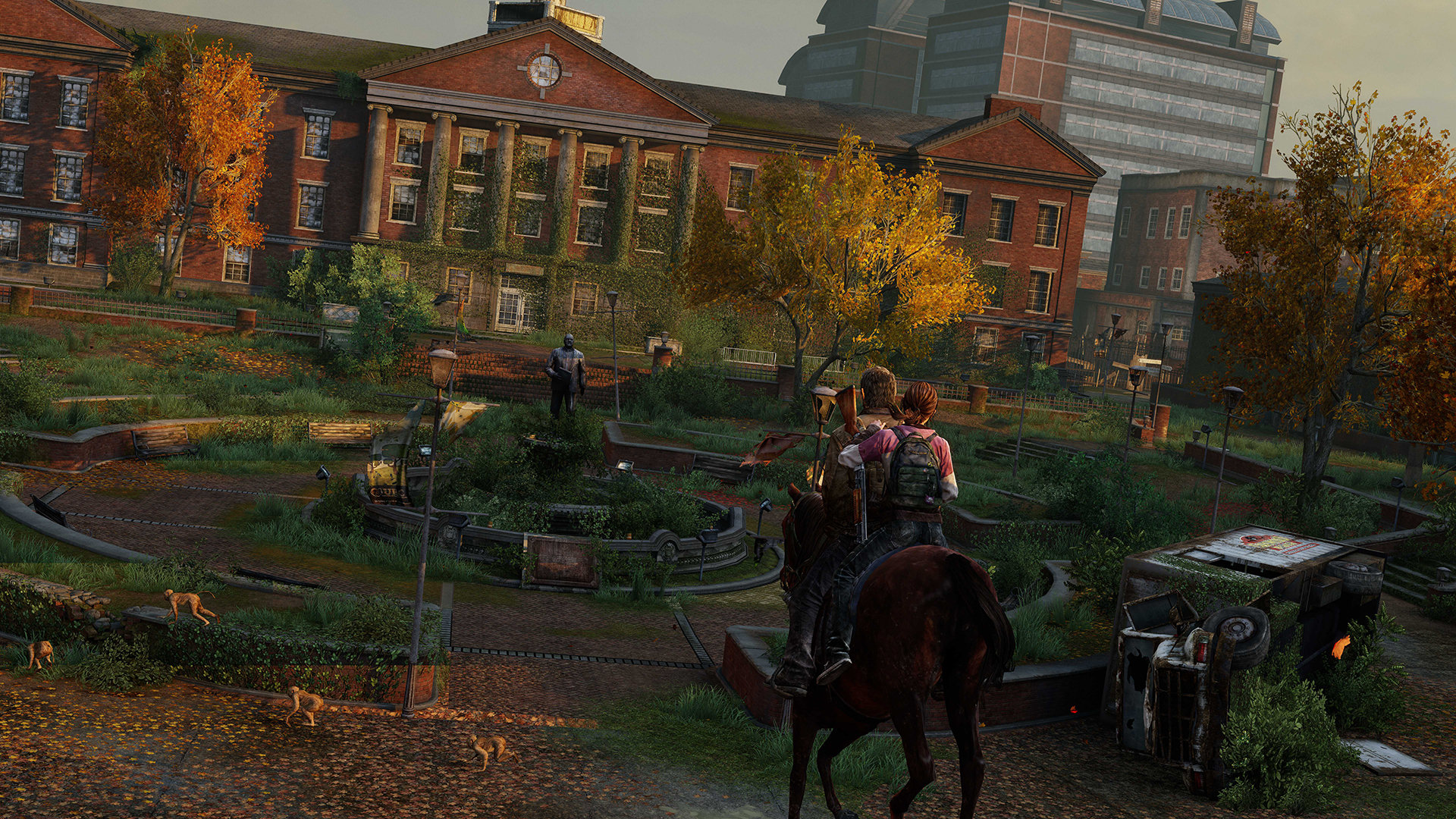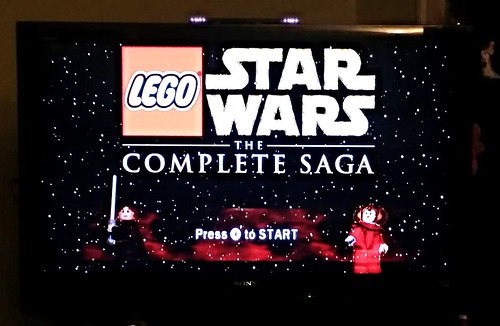This series of six videos explain six common tropes regarding women. This series is aimed at Hollywood films, television series, video games, and comics though they are found elsewhere as well. The first trope is the Manic Pixie Dream Girl, a "bubbly shallow cinematic creature that exists solely in the fevered imaginations of sensitive writer-directors to teach brooding, soulful young men to embrace life and its infinite mysteries and adventures"-Nathan Rabi. The second is about Women in Refrigerators. This trope was coined by Gail Simon and features female superheroes who have been depowered, raped, or cut up and put in the refrigerator. Third is the Smurfette Principle. This is the tendency for works of fiction to have only 1 female amongst an ensemble of men, despite the fact that roughly half the human population is female. Next came the Evil Demon Seductress. This one is pretty self-explanatory, a female demon, vampire, alien, etc. uses her sexuality to seduce, manipulate, kill, and sometimes eat men by luring them into her evil web. The Fifth is the Mystical Pregnancy. This dates back to the bible. Characters are reduced to their biological functions. This is also called reproductive terrorism or torture porn. The last, and very destructive is Straw Feminist. This trope involves the distorted view of feminism, an exaggerated character is created and filled with misrepresentations, oversimplifications, and stereotypes to make it easy to discredit feminism.

I loved The Avengers, but think about how the women are portrayed.
For me, these videos were eye-opening. I can say I had noticed some of these things before but never knew they were used as often as they are. A common thread for most of them is the women are highly sexualized and objectified. The exception was the straw feminist, who is portrayed as more masculine and pushy, unattractive, often fanatical. The biggest danger of these is their overuse. They paint women in a bad light, they perpetuate stereotypes, and they encourage disrespect and mistrust of women. These attitudes and beliefs make it harder for women to achieve equality. They make us look like either dumb, shallow, helpless creatures, or evil and crazy. These messages are found everywhere on social media, in advertising, in literature. When I really started to think about it, the examples are staggering.

No better example than the cover of a men's magazine.
The information in these videos ties in nicely with other materials we have explored. I feel these tropes also fit in with the video for this module on African American women and sexuality. I think they are portrayed often as part of the Evil Demon Seductress trope. While not always a demon or vampire, they are portrayed as using their sexuality in a manipulative way. This series also mentions the Bechdel Test as part of the Smurfette Syndrome trope. The concept of the Male Gaze is also prevalent in these tropes. Women are objectified, they are a muse, and if they resist and fight to be more, they are crazy.


















